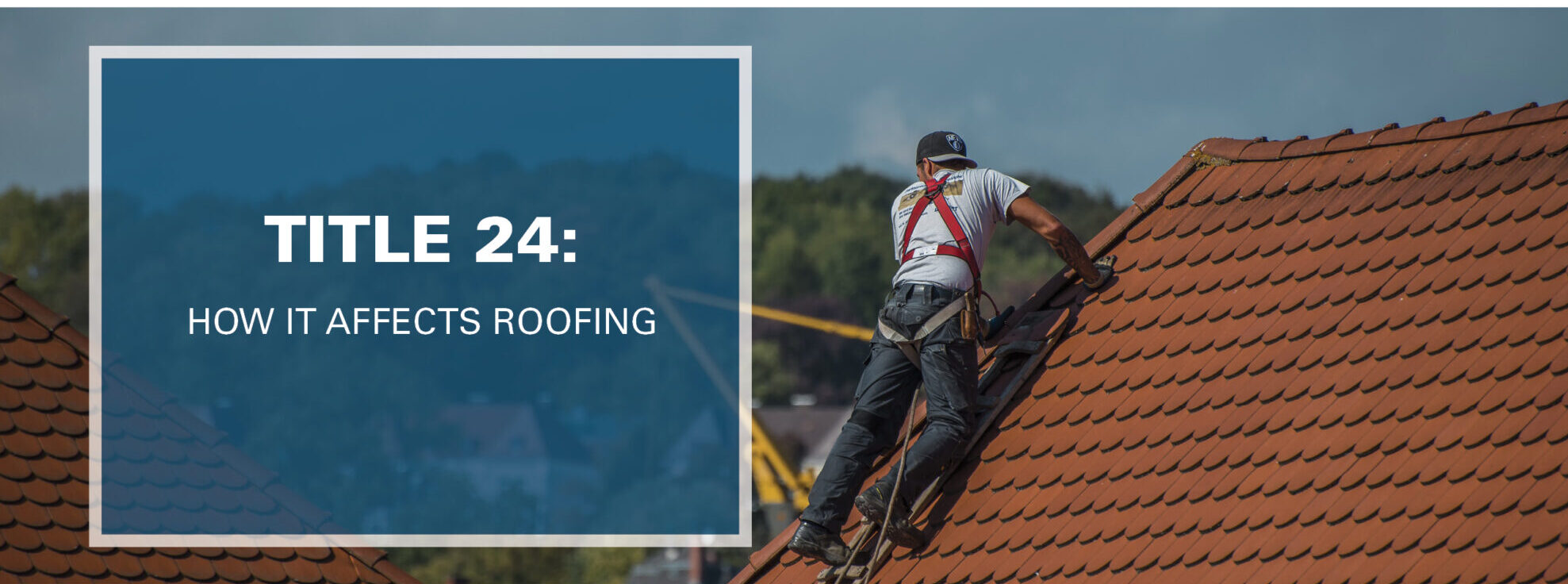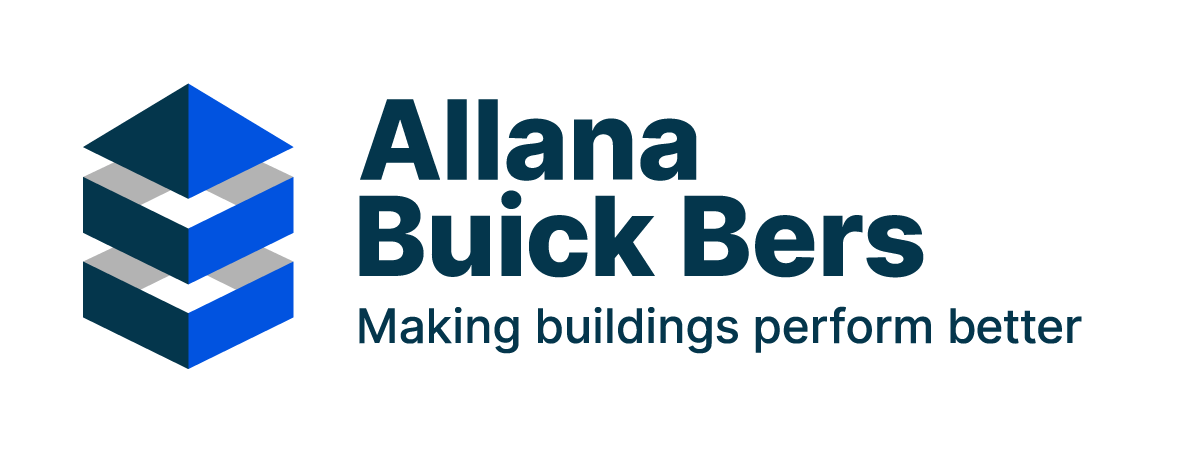
New Title 24 Standards were enforced in this year and they can drastically impact your plans for roofing replacement or repair. The new Standards apply to residential roofs as well as commercial and industrial structures. In some cases it may increase the cost of roof repair or replacement by up to 40%.
The 2008 rulemaking process has been completed. The California Energy Commission (CEC) adopted the 2008 Standards on April 23, 2008, and the Building Standards Commission approved them for publication on September 11, 2008. The new Standards will be in effect as of January 1, 2010.
Save Money – Pull A Permit
The 2008 Standards apply to permits pulled on or after January 1, 2010. If you have a roof repair or replacement planned in the near future, you may want to consider pulling a permit prior to January 1, 2010. Securing a permit will grandfather your roof for the duration of the permit so that it does not need to be engineered with the increased R values.
Changes to Reflective Requirements for Roofs
Effective January 1, 2010, revisions to Title 24 will encompass additional roof types:
- Non-Residential – Steep Slope
- High-Rise and Hotel / Motel – Low and Steep Slope
- Residential – Low and Steep Slope
- Relocatable Buildings – Low and Steep Slope (all zones)
Registered historical structures and several types of institutions (hospitals, detention and skilled nursing facilities), along with Federally-owned buildings are exempt from these requirements.
The new roof requirements include increased solar reflectance, adjusted roofing product density by climate ones and a higher minimum thermal emittance. These reflective requirements restrict the amount of heat that the roofs will absorb, and therefore lowering peak-time energy usage. Other benefits include a decrease in urban heat build-up, raising the area’s inversion layer of air and a reduction in smog concentration.
The goal of the CEC is to reduce energy demand, particularly mid-day usage of air-conditioning during the warmer months. Energy consumption on those days typically sees a 30% increase. The new roof standards requiring a ‘cool’ roof have been put in place in an effort to reach energy reduction goals. A cool roof absorbs less heat, keeps buildings cooler, and cuts down on the need for air conditioning, sometimes up to 40%. The product density and thermal emittance requirements vary depending on the geographic region of the state.
History: Title 24 – 1978 to 2005
California’s Energy Efficiency Standards are set forth in the California Code of Regulations, Title 24, commonly referred to as ‘Title 24’. The California Energy Commission (CEC) initially adopted a uniform set of standards in 1978 with the goal of reducing state-wide energy use. From 1978 through 2005 California grew to 36 million people, the most populous in the US. In those 27 years, our per capita energy usage remained level while other states’ energy consumption grew as much as 50%. The state’s early recognition of the importance of energy efficiency has resulted in California being a leading voice in energy reduction.
The CEC approved a major overhaul of Title 24 in 2005 that mandated even higher building standards. A key element of the updated version required stricter standards for low-slope, non-residential roofs (both new construction and addition/alteration/repairs).

CATEGORY: Roofing/Energy Efficiency/CA Title 24
